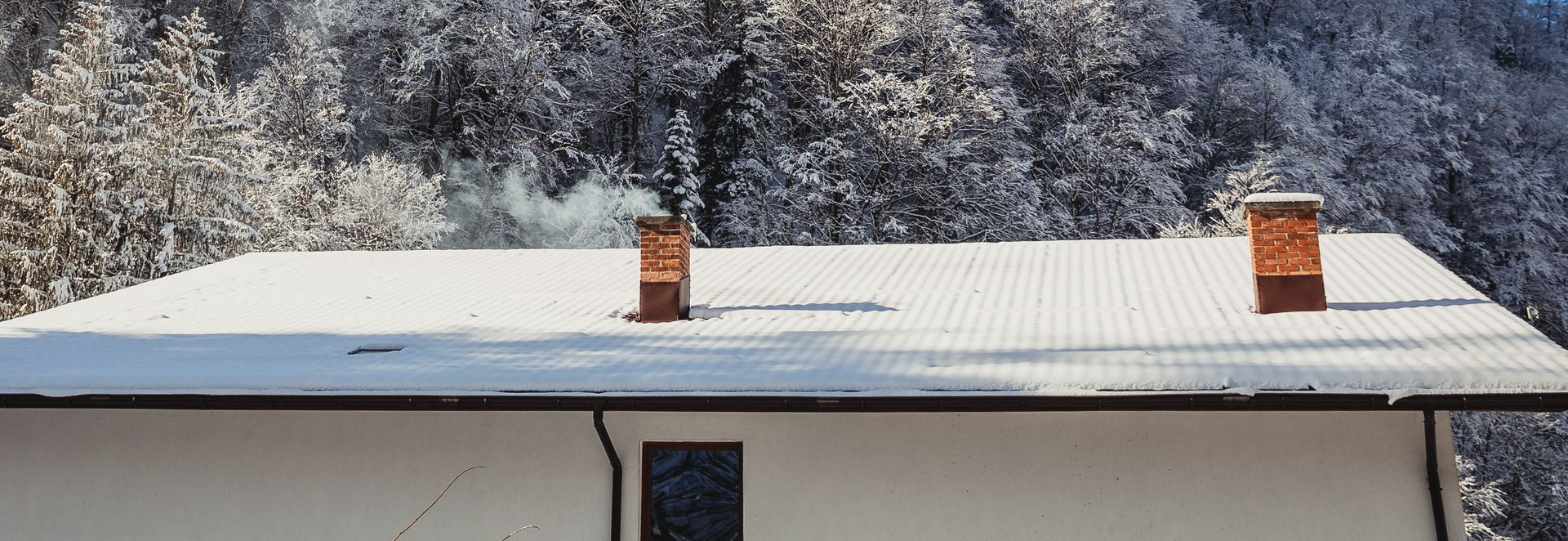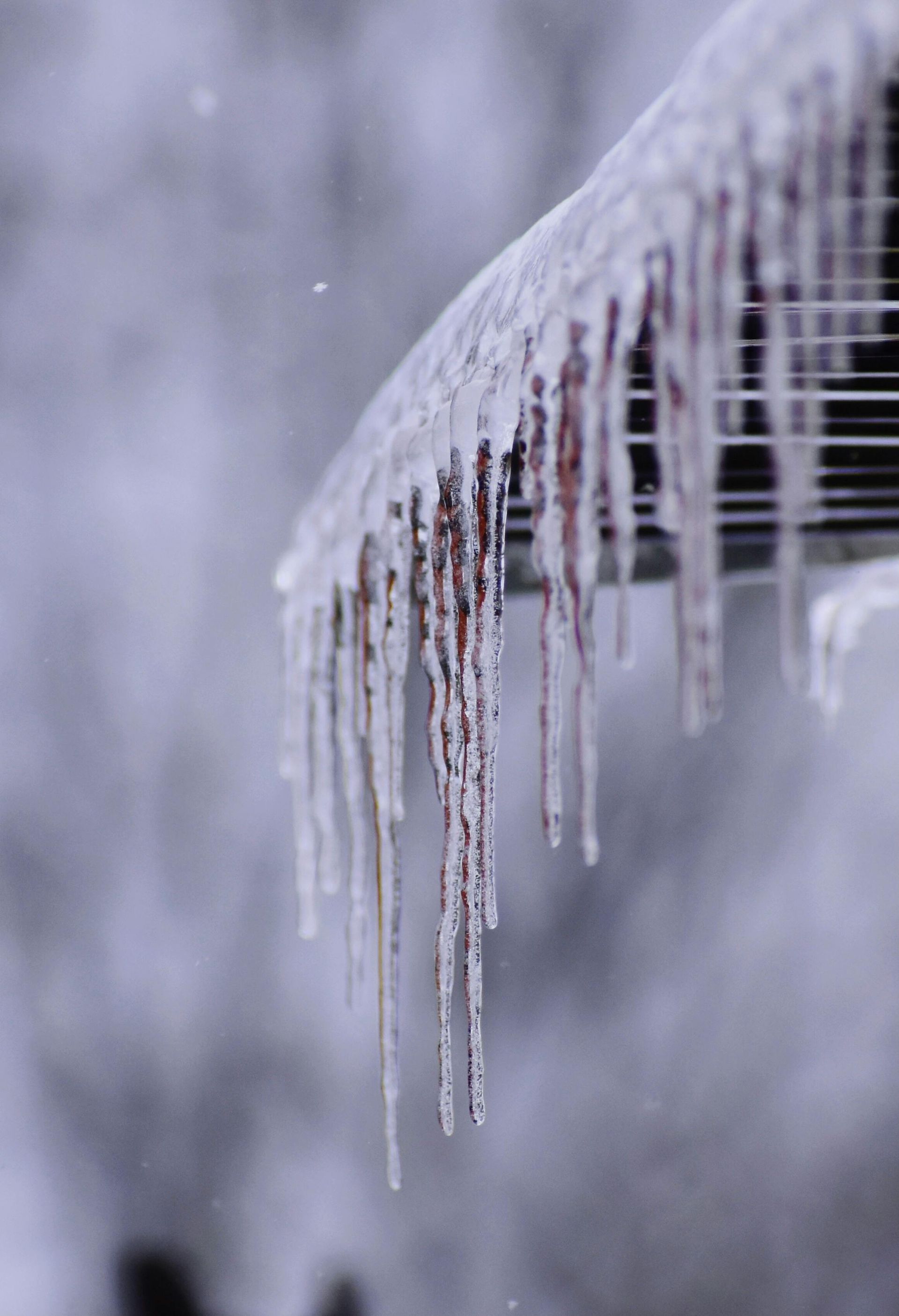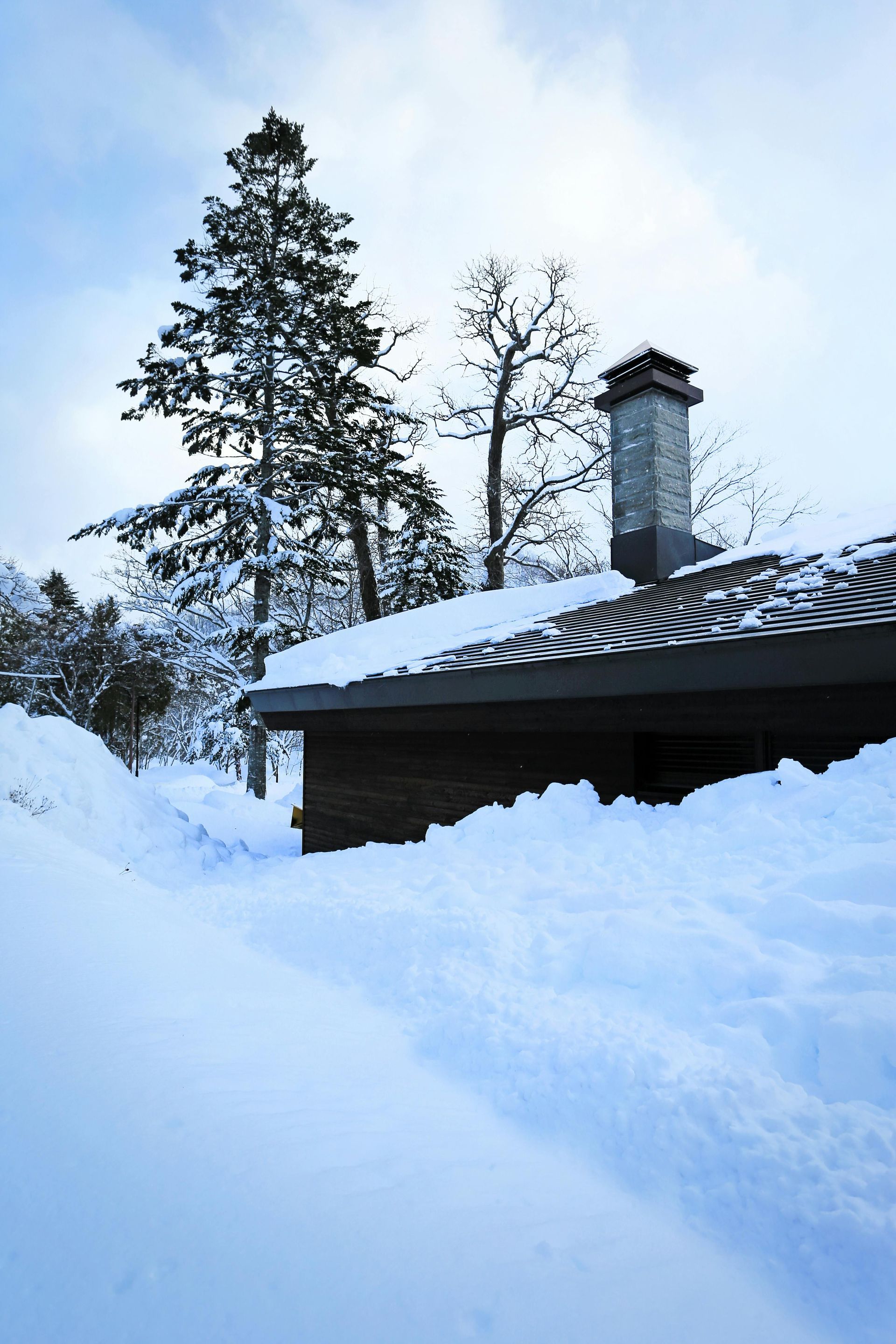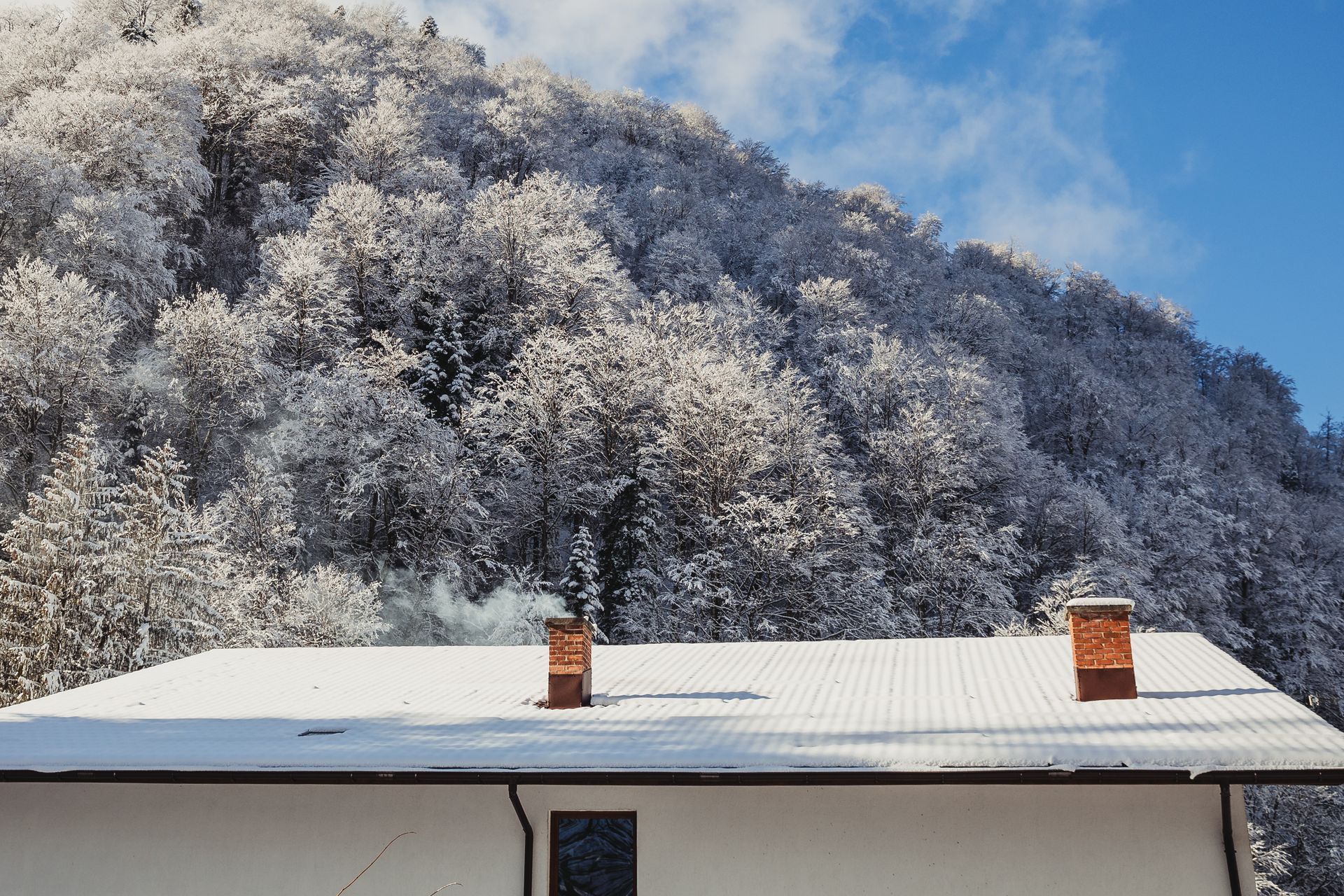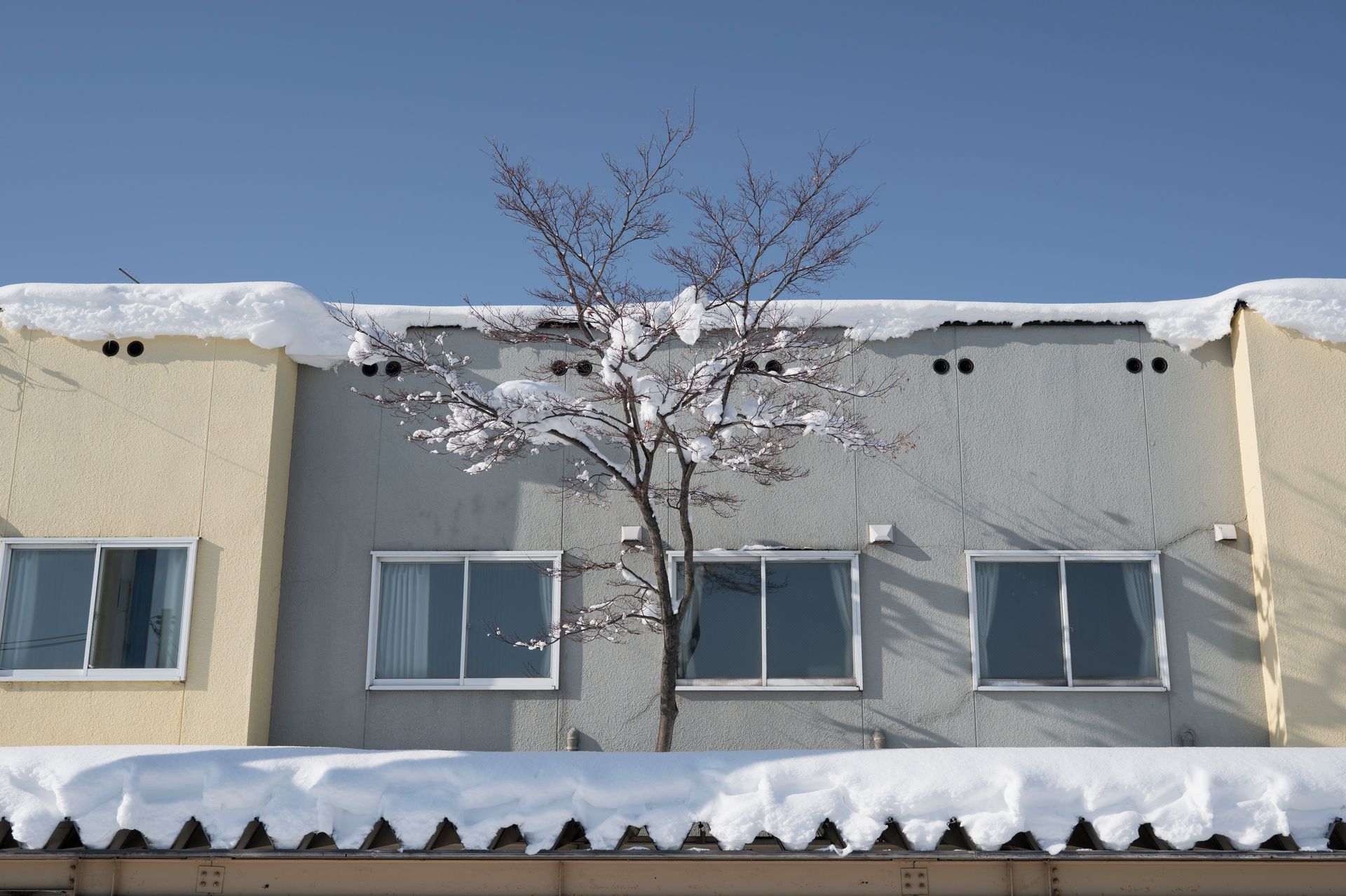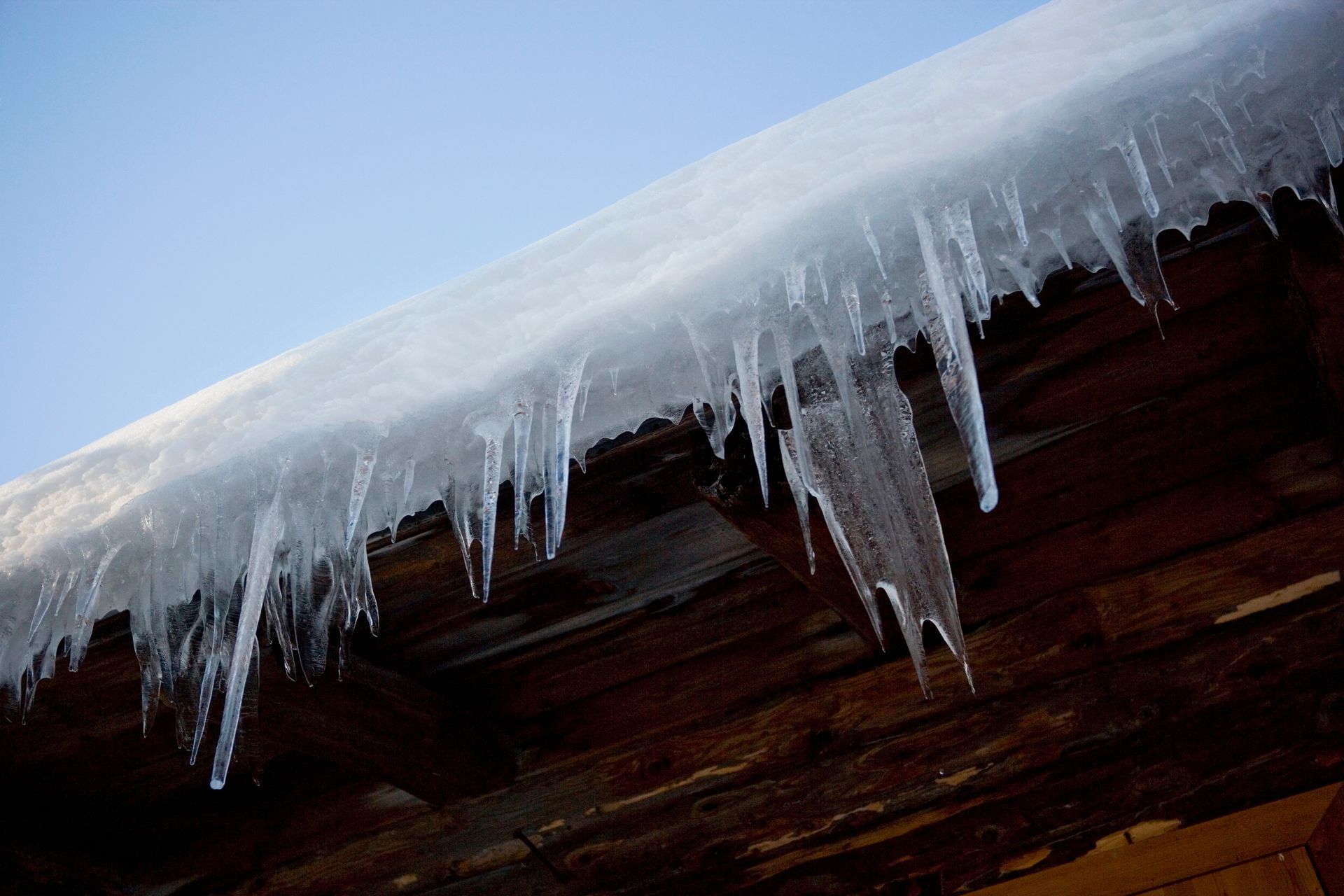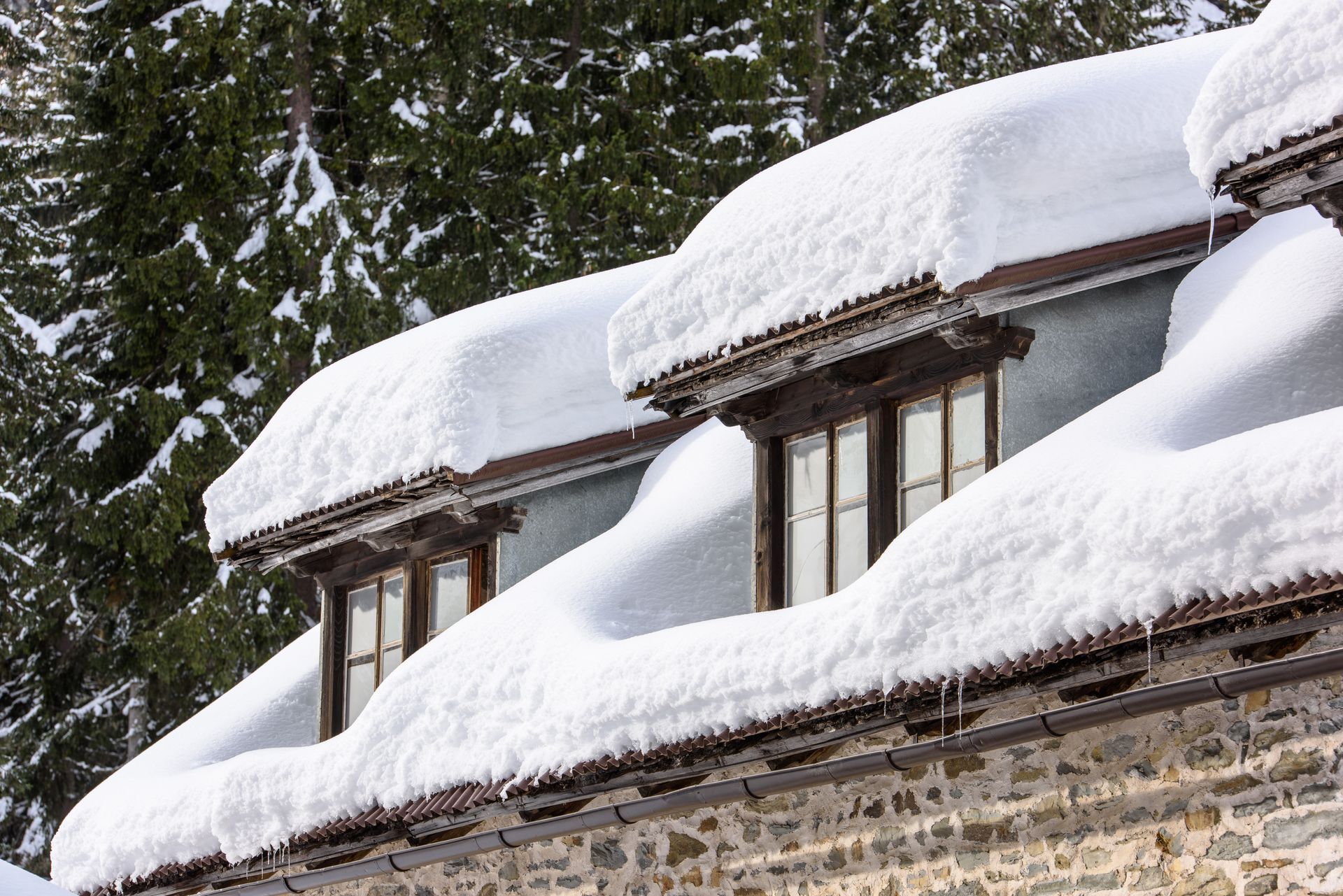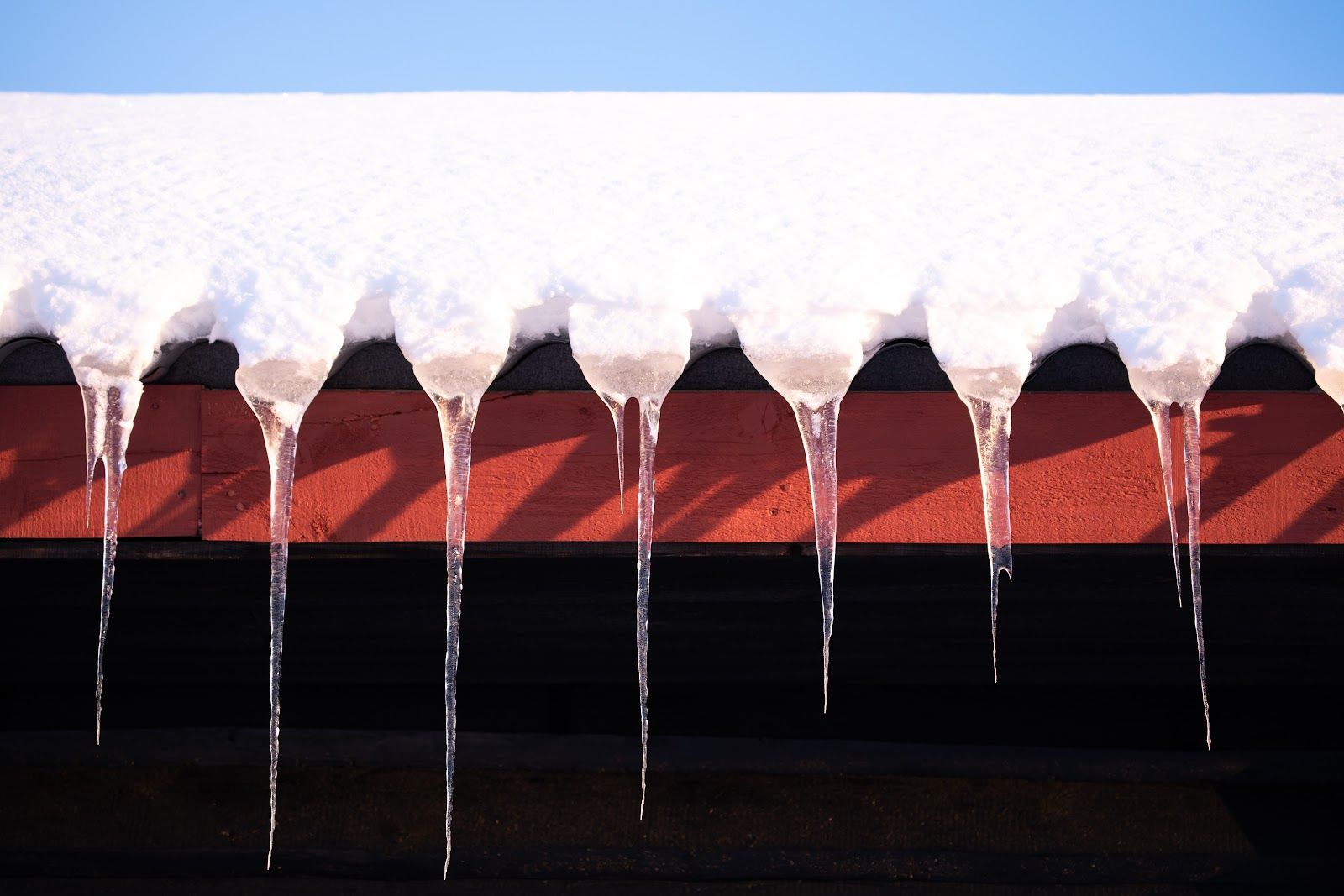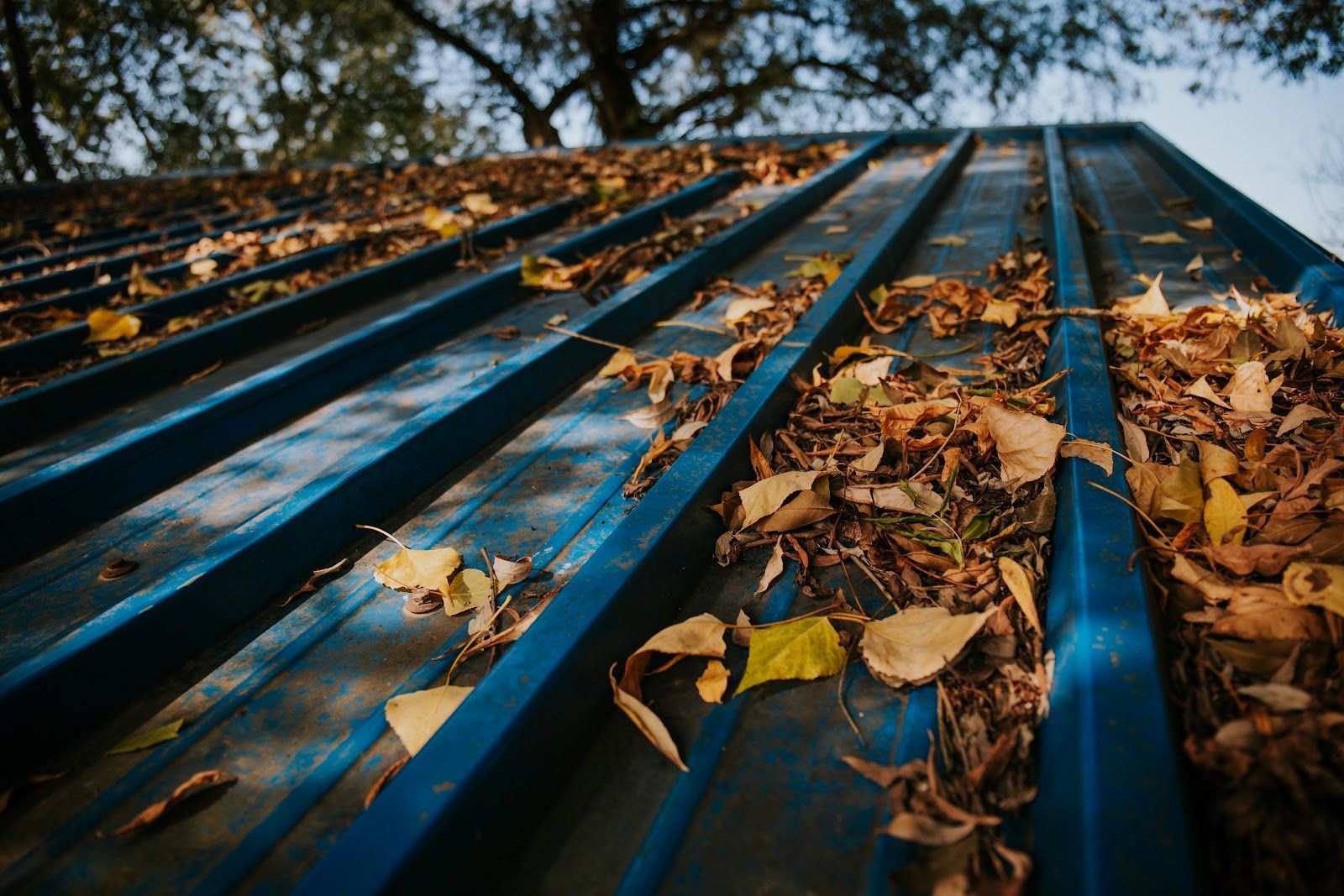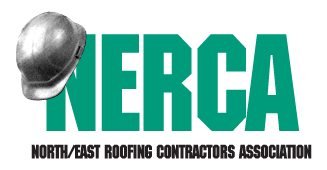Your Commercial Roof and Bird Damage
Maintaining and Protecting Your Commercial Roof From Birds
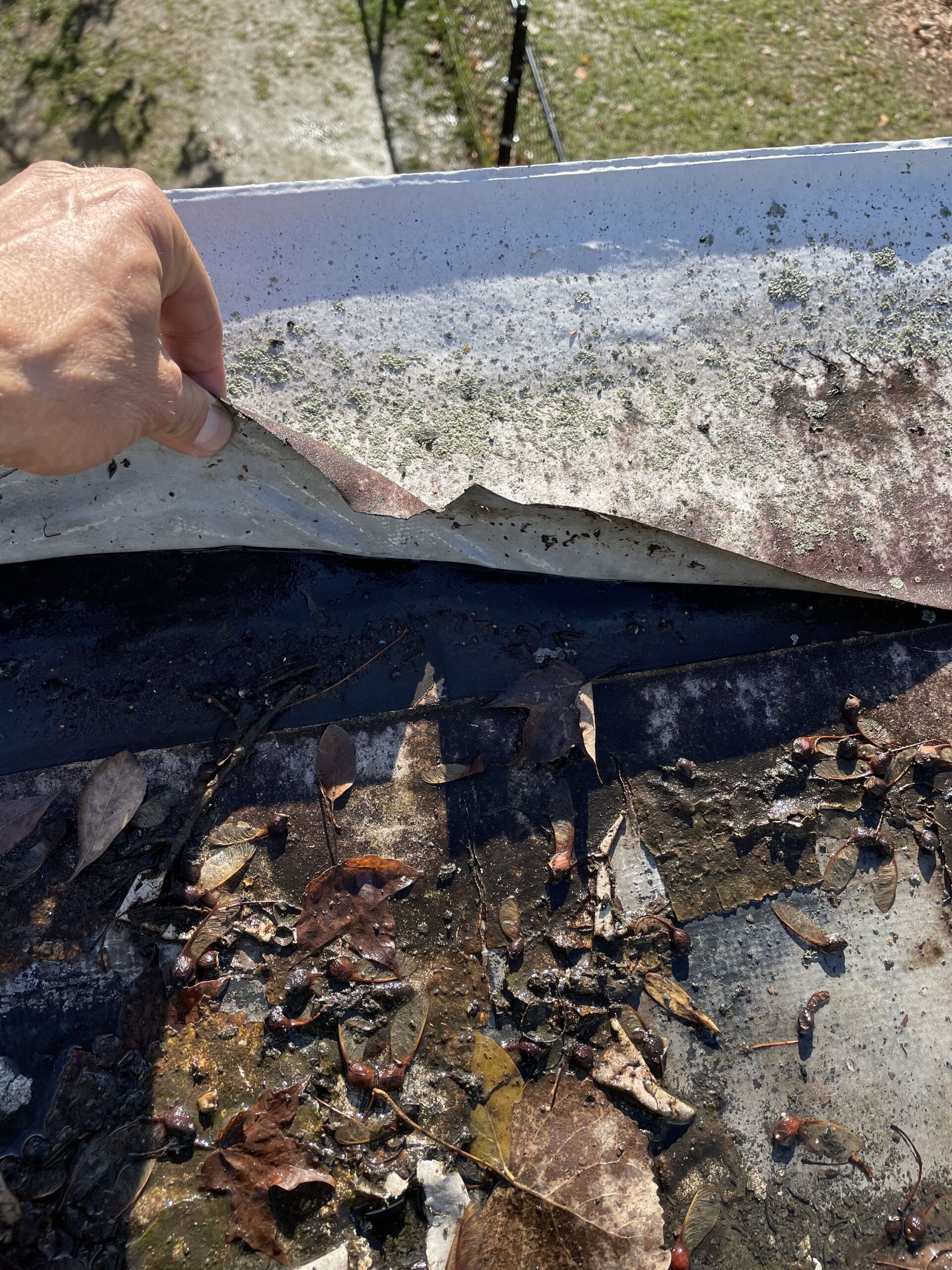
At first glance, a bird on your roof could appear like a lovely and welcoming visitor, but you'll quickly learn that birds can harm both your roof and the items you store on it. Although many birds and their nests are legally protected, there are several legal ways to get rid of birds on your roof or to keep them away from it, such as bird deflectors and roof spikes.
You'll also need to fix the harm the birds have done once you've found a bird-proofing system that works for your roof. Here is our guide to all bird damage types and what you can do to discourage birds from building nests on your roof.
Types of Damage from Birds
Birds might threaten the contents of your building or harm its roof. You may choose which bird avoidance techniques to utilize by being aware of the types of damage that birds might do to your structure.
- Acidic Droppings: A bird on the roof will undoubtedly deposit acidic droppings all over the place. Birds can harm asphalt roofing materials and possibly other roof-mounted equipment, such as HVAC units, with their highly acidic droppings. Additionally, the nutrients in the droppings may encourage the formation of moss or algae. As a result, if your roof is exposed to bird droppings, its lifespan may be shortened.
- Water accumulation: All roofs are made to shed water, but if a bird builds a nest in a gutter or a drain, it may stop the water's flow. This backup could increase the water level, which could lead to the possibility of water rushing into places it isn't intended to, such between roof layers, into vents, and into any exposed portions of the roof. Additionally, it puts an excessive amount of strain on roofing materials, which could lead to rapid material wear out.
- Airflow problems: Birds use combustible natural materials like grasses, twigs, bark, moss, and other fibers to build their nests. These building materials raise your danger of fire, especially if they are installed next to HVAC units or within air vents. They might also impair effective roof ventilation or lower the quality of the air in your building, trapping moisture within. Moisture buildup could endanger the products you store in your facility and harm the roof or the rest of the building's structure.
- Damage to Goods: Birds may transmit diseases that can infect humans, causing damage to products. For instance, gulls may spread fungus, psittacosis, salmonella, E. coli, and other pathogens. Anything you produce that is edible is at risk from this. Additionally, bird droppings can taint chemicals, beverages, or other products.
- Risks to Employees: Employee risks include unclean working environment brought on by bird droppings. If they approach a nest, birds may be large enough to threaten workers, and their sounds may annoy workers. Even if there won't be any actual harm to your products or premises, this could nevertheless harm your company.
Roof Maintenance as Bird Prevention
To prevent birds from finding shelter on your roof, it's crucial to maintain it. The following roof care issues need your specific attention in the fall and just before nesting season.
- Fix Holes & Gaps: In order to prevent birds from using your roof as a nesting site, seal any gaps or holes in it. Spray polyurethane foam (SPF), a formerly common roofing foam, actually draws birds since it is a highly insulating material, which they know makes for an excellent nest. Before a bird decides to take advantage of a worn-out section of an SPF roof, you should have it fixed or replaced if you have one.
- Fix Ponding: A flat roof that isn't level may gather water in little "ponds" where the roof dips. To fix "ponding," level the roof. This pond might draw birds as a location to drink or take a wash. Your roof can be leveled and the underlying issue fixed by a roofing expert.
- Secure gravel roofs: It's critical to remove any loose gravel from flat roofs. Pigeons and other birds may be drawn to the gravel on your roof because some species, like pigeons, ingest tiny pieces of gravel to aid in digestion. A gravel rooftop also offers the ideal nest texture and a degree of protection from predators for beach-nesting birds like killdeer and least terns. You can select a roofing system without a gravel finish to prevent luring these birds to your roof. Birds that build their nests in gravel won't be drawn to a Built-Up Roofing System (BUR) that uses a modified bitumen layer as the top layer, or cap sheet. Alternately, you may keep your current roof and cover the gravel with a thin mesh to prevent birds from getting to it.
- Clear up after the predators: In some regions, raptors may seek refuge on your rooftop so they can consume their meal undisturbed. If a predator has visited your roof, you will notice their waste there. You should clear it up to prevent luring further pests, such as vultures. You might also discover that the talons of the raptors pierce tiny holes into your rooftop, in which case you might need to employ bird-deterrent techniques like those indicated below.
- Deal with insect infestations: To avoid luring birds that eat insects, such woodpeckers, a pest management company should be contacted as soon as you see any signs of an insect infestation in your building.
Bird-Proofing Methods and Effectiveness
The Migratory Bird Act frequently makes it illegal to remove a bird's nest from the roof. All migratory birds, their nests, and their eggs are protected by this rule against movement of any kind unless you get a license to move them. The Migratory Birds Convention Act is this law's equivalent in Canada. The Species at Risk Registry has a list of protected birds in Canada. The species are shielded from any nest or egg disturbances and are comparable to those found in the United States.
It's crucial to keep birds from ever building nests on the roof in the first place in order to follow these restrictions. Additionally, some birds, like seagulls, show nest fidelity, meaning that after successfully raising a brood in one location, they will return to it year after year, posing a long-term challenge for you.
During the time when birds are laying their eggs, you should pay particular attention to bird-proofing. Depending on your region and the type of bird, the start of the nesting season varies, but it typically coincides with the arrival of spring and the return of mild weather. Of course, the fall may also need you to step up your bird-deterring efforts as non-migratory birds seek cover from the cold, possibly on your roof.
There are several different kinds of bird-proofing or discouraging measures, and while their efficiency varies, they all eventually cause the birds to become accustomed to them. You might need to combine or switch out bird deterrents for long-term success.
1. Bird-repelling predator decoys
Birds will stay away from regions where they think a predator is lurking nearby. You can pay professional hawk handlers to let their birds soar above your building or perch on your roof. To get decent results, you might have to do this repeatedly. Installing a false predator is a considerably more frequent strategy.
Great deterrents include plastic replicas of owls, hawks, falcons, crocodiles, snakes, foxes, and other birds of prey. Even if the predator is not local to your area, birds still dread it since it is innate, not learned.
There are a lot of predator dummies available for purchase. The best ones have reflected eyes, which give the birds the impression that they are more lifelike. Mirrors and other reflective objects, like metal discs, can also frighten birds.
The dummy's effectiveness can also be increased by adding movement components, such as wings. For the same effect, you can add streamers to the end of the fake owls. Birds can also be alarmed by flags and windsocks.
You can buy battery-operated decoy crocodiles that swim around if your property has any bodies of water, such a pond or a fountain. These crocodiles may deter birds from building nests on your roof even when they are not on it because many birds will only build nests in areas with easy availability to water. By doing this, they will look for better nesting locations.
As an alternative, you can purchase kites that resemble hawks and fly with the wind.
Another effective technique uses sound in conjunction with the mannequin. Real birds can be made to believe that a predator is close by playing predator calls or bird warning calls over a loudspeaker. This sound is so potent that it can even be played by itself.
The sound and decoy are finally discovered to be phony by the birds. To prevent this, you can move the decoy every three to four days to a different location or switch between dummies that employ various fright techniques (for example, switch one that moves in the wind for one that has reflective eyes) to prevent the birds from getting used to the mannequin.
2. Discomfort
You can build a rooftop that is uncomfortable for birds, which will encourage them to choose better nesting areas. Installing roof bird spikes, also known as anti-roosting strips or heel blocks, is one of the most popular and effective ways to make your roof uncomfortable. These "roof bird spikes" are actually metal strips with tiny spikes that may be installed on ledges, beams, or wherever the birds like to perch. They go by many different names.
The birds just have to go elsewhere because these roof bird spikes prevent them from sitting comfortably or at all. Particularly predator birds, who like to sit on the edge to survey their prey, can be discouraged by installing these on the edges of rooftops.
Anti-roosting strips don't present an aesthetic issue because they are typically hidden. However, because you need a lot to cover every roof surface or beam and labor to install them, they can be pricey.
Other variations of these strips, such the arm-protruding anti-perching device seen below, are meant to cover greater area on the roof. Birds who attempt to land on this roof will likely run into one of the arms, giving them the impression that the surface is unsafe. As a result, they fly away.
Other bird-deterrent devices actively harm birds, such as those that shock them with tiny electrical shocks as they land. These systems can be made to give a very little shock that is quite effective and only causes temporary discomfort to the bird. However, installing such systems over a large roof can be pricey and will increase your electricity expenditures as well.
Additionally, you might purchase smelly or sticky materials to add to your roof. At least twice, birds won't want to land in them. It's crucial that these materials are non-toxic because it's against the law to purposefully kill a number of different bird species, and you have no control over which birds come in contact with your roof.
These materials come in a variety of price ranges and must be reapplied, especially after rain. Birds may also grow used to the toxins. If you choose to utilize this method, avoid using anything made of spicy peppers or capsicum because birds don't have the taste receptors for peppers and won't be disturbed by it. These sprays are meant to be applied to mammals.
3. Bird-Proofing Netting, Mesh and Vent Covers
Installing a metal mesh over the top of the vent is your best option for keeping birds out of roof vents. This mesh might need to be extremely fine depending on the species of bird you're working with.
If you have a serious bird infestation, you might want to cover the entire roof with netting. Although successful at bird-proofing, this solution could be very pricey. Instead of covering the entire roof, you might want to start by strategically placing netting over the roof's edges where birds like to perch or susceptible roof parts like gutters or HVAC equipment.
How to Remove Birds from a Roof
What can you do if all of your bird-prevention measures have failed and there is a bird on your roof? Finding out the bird's name is the first step. While the majority of species are legally protected, invasive species like house sparrows, pigeons, and European starlings are not, and their nests and eggs can even be removed. Canada geese are one of many other birds that can be hunted in Canada because they are classified as game birds. While permissions are still required to handle a Canada goose nest or its eggs, they are routinely provided to allow for the destruction of the eggs.
When a nest is deemed harmful for the birds, nests of protected species may occasionally need to be removed. Unsafe nests can be found on rooftop equipment, in vents, gutters, and drain pipes. You should first get in touch with your local authorities because there are restrictions on this removal. For instance, you might not be permitted to transfer a nest belonging to an endangered bird, regardless of where it is.
However, there are always exceptions. In accordance with the Migratory Bird Act, the U.S. Fish and Wildlife Service does provide licenses for actions that are otherwise unlawful, such as moving nests. On the organization's website, you can request a permit. You can inquire about any unique situations you might be facing in Canada at a regional office of the Canadian Wildlife Service or your local provincial wildlife authority.
Most nests can be lawfully removed once the nesting season is over and the fledglings have departed. However, because certain species renew their nests, it is against the law to remove some empty nests. Whether you live in the United States or Canada, this is true. To ensure that your empty nests can be removed safely, get in touch with your local wildlife services.
How to take down a nest of birds from the roof:
- Check with your local officials to see if it is acceptable to remove the nest. Some species use the same nest year after year, therefore even if the nest is no longer in use, removing it can be against the law.
- Don a pair of heavy gloves to safeguard yourself against whatever disease the nest might still be harboring.
- Proceed to the nest while keeping an eye out for the birds. You should leave if you notice the birds to avoid being attacked by a furious parent.
- Inspect it inside. In most cases, you must wait until the baby birds have fled the nest if there are any inside. You should speak with your local authorities to determine whether it is permissible to move the nest while the birds are inside in order to avoid breaking any laws. It is almost probably illegal to disrupt a bird species if it is local to your area.
- Gather the nest and put it in a garbage bag for disposal. To avoid the chance of accidentally spreading any illnesses the nest might contain, seal or tie the bag.
- Use warm water and soap to wash the area where the nest was. Avoid using chemicals that could harm the surface of your roof.
- Mark the location of the nest so you may put bird deterrents there before the following year's nesting season starts. Numerous birds will frequent the same location year after year.
Hiring a professional pest control company to deal with your birds may make sense if you have several nests to get rid of. You might not be authorized to touch nests, but they frequently have licenses to remove them. Additionally, they are permitted to lawfully capture and release birds in specific situations. Additionally, they might be able to advise you about the deterrents that are most effective in keeping particular species away from your area.
Dealing With Damage From Birds
You will need to take care of any damage the birds made once you have removed them or after they have migrated. You might need to replace the cap layer of your asphalt roof if it has been extensively contaminated by bird droppings rather than attempting to clean it. It's likely that the acid in the droppings has damaged the material's integrity, which would impair how well it performs.
In order to avoid a leak or more damage, you should patch any cracks or holes you find in the roof as away. All vents and roof surfaces should be carefully cleaned of any nesting materials. After birds have built nests on your roof, you might opt to have a roofing expert evaluate it so they can find all of the damage and tell you whether the material can be repaired or needs to be replaced.


